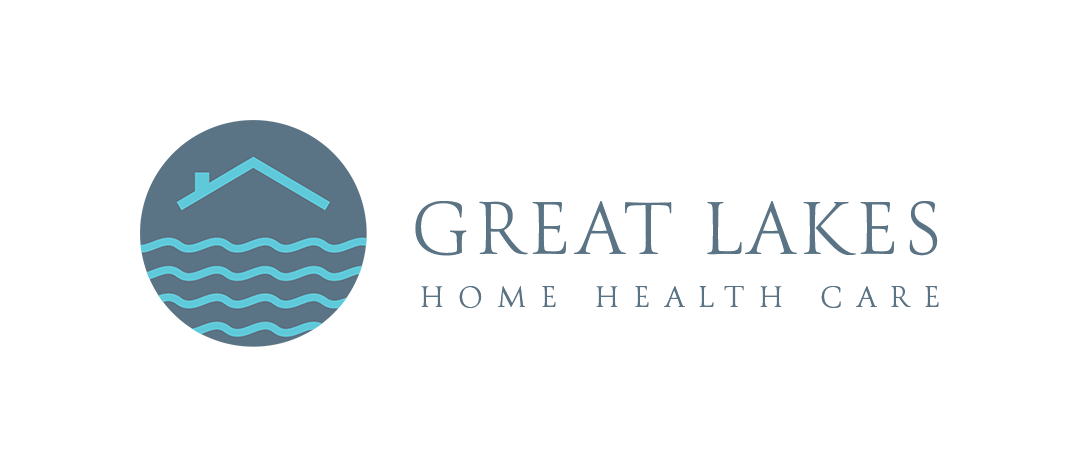Home healthcare has become an increasingly popular choice for families who want to ensure comfort, dignity, and medical support without the stress of moving into a facility. Whether you’re caring for an aging parent, a loved one recovering from surgery, or someone managing chronic illness, stepping into the world of home healthcare requires preparation and informed decision-making. Understanding the essentials beforehand can make the journey smoother for both patients and caregivers.
Contents
- 1 Understanding What Home Healthcare Involves
- 2 Assessing the Patient’s Needs
- 3 Preparing the Home Environment
- 4 Choosing the Right Home Healthcare Provider
- 5 The Role of Family in Home Healthcare
- 6 Financial Considerations and Insurance Coverage
- 7 Building a Sustainable Care Plan
- 8 Emotional and Social Well-Being
- 9 Final Thoughts
Understanding What Home Healthcare Involves
Home healthcare covers a broad range of services delivered in the comfort of one’s home. It may include skilled nursing, physical or occupational therapy, medication management, wound care, and even basic assistance with daily activities like bathing or meal preparation. Unlike informal caregiving, professional home healthcare is structured, medically guided, and often overseen by licensed healthcare providers.
The key advantage is its flexibility. Care plans are designed around individual needs, allowing patients to maintain independence while receiving appropriate support. However, it’s important to recognize that home healthcare also requires careful planning to balance safety, medical oversight, and emotional well-being.
Assessing the Patient’s Needs
Before arranging home healthcare, the first step is a thorough assessment. Physicians or healthcare coordinators typically evaluate the patient’s condition to determine what type of care is most suitable. This may include:
- Medical requirements such as monitoring vitals, administering medications, or post-surgical recovery.
- Rehabilitation needs for those regaining strength after illness or injury.
- Long-term management for chronic conditions like diabetes, heart disease, or dementia.
Having a clear understanding of these needs ensures that the chosen home healthcare service matches the level of care required and avoids unnecessary gaps.
Preparing the Home Environment
A safe and supportive environment is central to effective home healthcare. Simple modifications can make a significant difference. For example, rearranging furniture to reduce fall risks, installing grab bars in bathrooms, or setting up a dedicated care area with medical supplies.
Technology can also enhance safety and convenience. Remote monitoring devices, medication reminders, and emergency alert systems provide peace of mind for families who may not be present around the clock. The goal is to make the home not only comfortable but also secure and practical for ongoing care.
Choosing the Right Home Healthcare Provider
Not all providers offer the same level of service. When selecting an agency or independent caregiver, it’s important to ask key questions:
- Are the caregivers licensed and trained in specialized care?
- Does the agency create personalized care plans?
- What is the communication process between caregivers, families, and physicians?
- How does the provider handle emergencies or sudden changes in the patient’s condition?
Reputation and trustworthiness matter as much as cost. Checking references, reviews, and accreditation can prevent challenges later on.
The Role of Family in Home Healthcare

Even with professional caregivers, families remain at the heart of the process. Family members often provide emotional support, companionship, and decision-making when unexpected health issues arise. Open communication between the care team and family ensures everyone understands the care goals, schedules, and progress.
However, caregiving can be emotionally and physically taxing. Families should not overlook the importance of respite care—short-term professional assistance that gives primary caregivers time to rest and recharge.
Financial Considerations and Insurance Coverage
Home healthcare costs vary depending on the level of care, duration, and provider. Some services are covered by health insurance or government programs, particularly when prescribed by a physician. Others may require out-of-pocket payment.
Understanding financial responsibilities in advance prevents surprises. Families should review what is covered under Medicare, Medicaid, or private insurance, and consider supplemental plans if needed. Having clear expectations about costs makes planning more sustainable.
Building a Sustainable Care Plan
Starting home healthcare is not just about the immediate need—it’s about planning for continuity. Patient conditions may evolve, requiring adjustments in care routines, medical treatments, or therapy goals. A sustainable care plan takes into account potential changes, allowing flexibility without constant disruption.
Regular check-ins with healthcare providers ensure the care plan remains aligned with the patient’s health status. Documentation, progress reports, and shared communication between caregivers and family members also help maintain consistency.
Emotional and Social Well-Being
Healthcare goes beyond medical treatment. Isolation, depression, or loss of independence can affect patients significantly. Integrating social interaction, hobbies, or even community involvement into the care plan is just as important as physical support.
Families can encourage visits from friends, schedule virtual calls, or include patients in light household activities. These small steps foster a sense of belonging and dignity, which directly impact recovery and quality of life.
Final Thoughts
Starting home healthcare is both a responsibility and an opportunity. It allows loved ones to receive quality medical support without leaving the familiarity of home. By understanding patient needs, preparing the home environment, choosing the right providers, and balancing financial and emotional factors, families can create a system that truly supports healing and well-being.
Ultimately, home healthcare is not just about extending life—it’s about enhancing the quality of every day spent at home.

